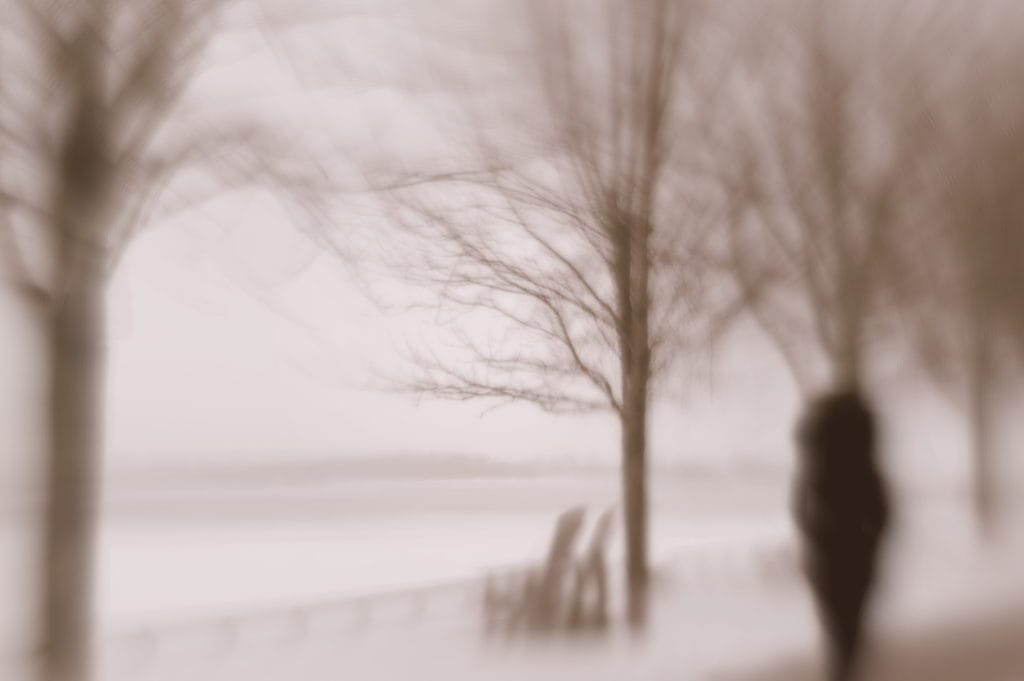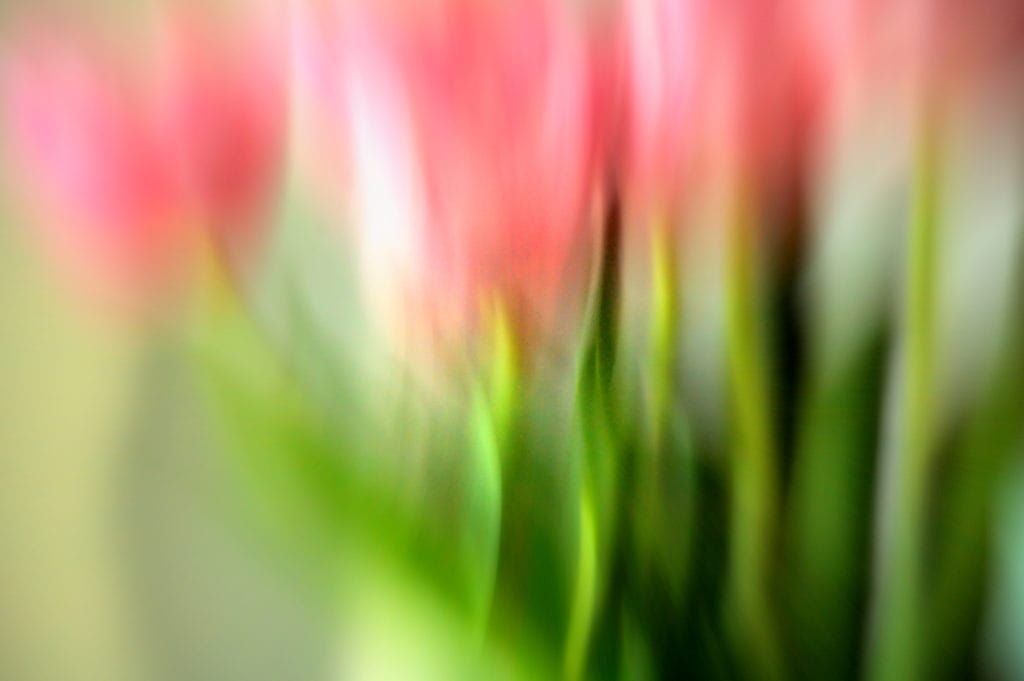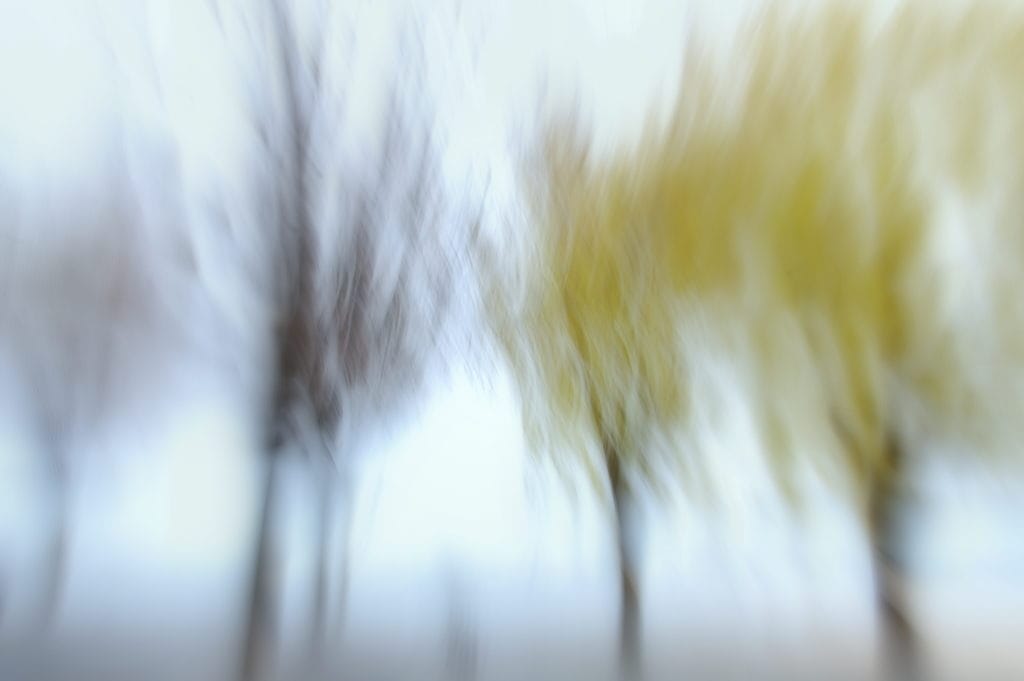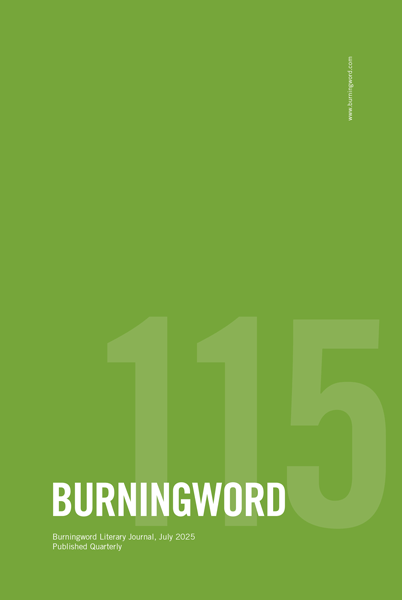What It Is
The world watched the man grow increasingly detached from society, as if while the world progressed, he remained fossilized in a time of his own. Everyone recognized that he was ensnared in antiquated ways — everything from reading tangible newspapers to retaining nearly long-expired principles about society. Hence, everyone abandoned him at some point, leaving him alone in his rambling Victorian mansion somewhere out west, or maybe down south, or perhaps somewhere in between. He, too, soon forgot where exactly he was or what time it was, as he spent his days on his armchair, besotted with the paper and a glass of scotch or whiskey containing ice that rattled each time he picked the drink up or placed it down. That rattle was the only thing that signaled to his maid, a pretty indigenous woman with a forced sense of humor and an inauthentic approving countenance, that the man was still alive. Because otherwise he was a recluse in his armchair, reading the paper, only sometimes muttering phrases to himself like “devilish dissidents” or “my beloved Union.” The maid stayed separate, minding her own business except when she popped in every two hours to make sure the man hadn’t misplaced his hearing aid, for he had a tendency to take it out, claiming the cruel device inflamed his butterfly-like earlobes to the point of bleeding. But he knew the actual reason, and so did the maid: he had no one to hear, or rather, no one to whom he wanted to listen, so his hearing was rendered useless. This went on for days, months, years, until at some point (the man knew not the date), protests pushed towards the mansion after a young black boy was killed at the playground, between the swing set and the monkey bars, and then another one on the sidewalk by the Chinese grocery store, and then a third one in an apartment and a fourth one on the stairwell, unless the third was on the stairwell and the fourth was in the apartment. And it was only then that the white man and the maid had their first real dialogue since forever, and it was simply the maid resigning, still bothering to reassure him that the problem surely did not lie in his character but in the nature of the outside circumstances. Yet the girl herself gladly joined the chanting crowd outside, while the man was anchored on the inside, laughing to himself at their efforts without a flinch of consternation. He spent his days in the rocking chair, the ice cubes no longer making a sound because no one could hear them, until one evening a masked gentleman flung a Molotov cocktail through an upstairs window, setting the room afire. The man did not hear it, of course, but eventually as he went upstairs to turn down the heater, it was then that he saw the flames besieging him, but still, his reaction was nothing, not much: “It is what it is.”
Alex Lee is a writer from New York who has won several awards and received much recognition for his fiction and critical essays, including from The New York Times. When he is not writing, Alex can be found reading plays or watching whatever is on PBS.








